Does your metal fabrication project require a paint finish? Painting can both achieve a better appearance and improve the durability of your end product. Here’s what you need to know to ensure a successful finish for your metal project.
Why Paint:
Painting is amazingly durable and can both prevent corrosion and create a beautiful finish for your project. When metal surfaces are exposed directly to the elements, such as moisture, rain and sunlight, they need an exterior paint that will inhibit rust or corrosion. Painted metal also can improve the aesthetics of your project for interior locations. When metal surfaces are prepared correctly, the result will be a smooth, beautiful finish. The key is to properly select interior or exterior paints for your project.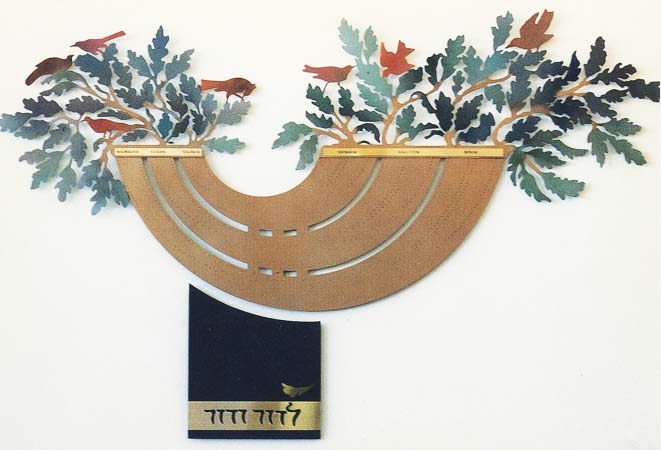
Types of Paint Finishes
For your metal manufacturing project, you want to make sure that industrial paint is being used. Industrial coatings include the products involved in the painting, conservation and maintenance processes of structures.
Industrial paint has two main objectives, to protect the metals from the effects that they may be subjected to, both physically (impacts) and chemically and environmentally (corrosion, weather, etc.) and to give the metals a better aesthetic appearance in order to obtain an optimal finish, even increasing its added value.
Liquid Painting: Liquid metal painting involves applying a coat (or coats) of ??web?? paint over the metal surface for finishing. This type of paint is applied by sprays, pumps, or pressurized vessels to ensure even application. Brushes may also be used for tight areas.
Powder Coating: Powder coating involves applying a dry coat of statically charged power to grounded metal parts. These parts are then heated in a curing oven so that these oppositely charged particles spread into a continuous coat; this gives the metal an even, smooth finish.
Industrial paint: Types and Characteristics (bernardoecenarro.com)
Selecting the Paint Color
The color selection of your metal manufacturing project is done by the designer/architect on the project and the Maloya team can help you find the right color. The paint color choice should be included when requesting a quotation for a project so that our team can recommend and price out this part of your project.
There are many paint manufacturers that manufacture metal paints including Sherwin Williams, PPG Industries, Valspar, AkzoNobel, Tiger Coatings and more. Each company has its own palette of colors that are based on the RAL color chart.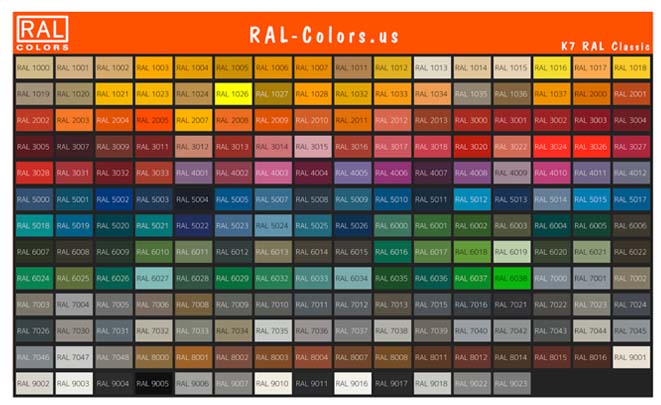
How does paint stick?
Simply put, the paint bonds to the surface underneath. There are several theories about how, but it’s thought to be a combination of three things:
- Adsorption – when paint molecules wet the surface, flowing over it to form “interfacial bonds.”
- Chemical bonding – where the paint and surface molecules actually join together like a glue.
- Mechanical interlocking – when the paint “locks” into the crevices of a rough surface.
Metal preparation
For these bonding mechanisms to work the metal surface must be clean. Cleaning can be done with chemicals or abrading or bead-blasting the surface. Ferrous metals, (those containing iron,) are a particular challenge because they’re so eager to rust. For that reason, it’s important to use a rust-inhibiting primer. This locks in any oxides, keying to the metal and forming a surface for the topcoat to bond to.
Don’t ignore the science
Painting metal fabrications is based on science. The important thing is to both understand how the metal needs preparation and carefully understand all options and pick something that will work the first time and for a long time. The key here is to get to know your environment and the metal - the characteristics of the metal you chose influence how the paint will adhere. There are two categories of metals: ferrous and non-ferrous. Ferrous metals contain iron, while non-ferrous metals do not. The iron in ferrous metals causes corrosion and rust, which will impact the finish you choose for your metal fabrication project. A rust inhibitor applied as a primer prior to painting creates a barrier to help protect these metal surfaces.
The most difficult metals to paint are galvanized ferrous metals which are coated with zinc. These metals are coated with a thin layer of zinc to help prevent corrosion. While this application helps protect the metal, it causes issues with paint adhesion. Galvanized metal has an oily surface to protect the zinc, this needs to be removed prior to priming and painting to prevent the zinc from reacting with a great option for painting galvanized metals is direct-to-metal (DTM) coatings, which are a blend of half primer and half topcoat.
Ungalvanized ferrous metals should be cleaned, primed, and then painted with latex paint. Cleaning the metal surface is a key first step, in order to avoid missing a minute amount of existing rust that can lead to further corrosion. Rust can be removed by scraping, sanding, sandblasting, or using an acidic rust-dissolving solution. Follow with a rust-inhibiting primer and paint.
Non-ferrous metals include aluminum, zinc, and copper; these metals should be allowed to weather prior to painting. Once they have weathered, these metals should be cleaned with soap, water, and a soft brush. A primer should always be applied before the paint so the paint will have something to adhere to unless you are using a direct to metal paints that can be used without a primer.
Knowing your metal surface goes a long way toward a successful metal fabrication paint job.
Why You Can Trust Maloya to Guide You in the Finishing Process?
The team at Maloya has over 50 years of experience finishing our clients’ metal fabrication projects and can help you pick the right paint application to create a beautiful, long-lasting finish. We know the science and keep up with the latest innovations in paint products and applications. Contact us today to get started on your next project.
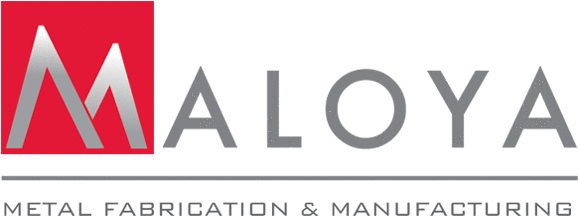

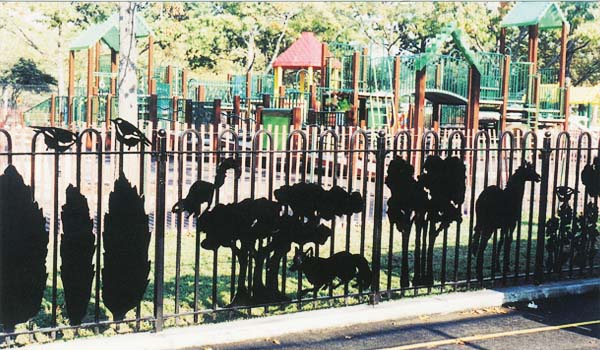
.png?width=80&name=Untitled%20design%20(37).png)





